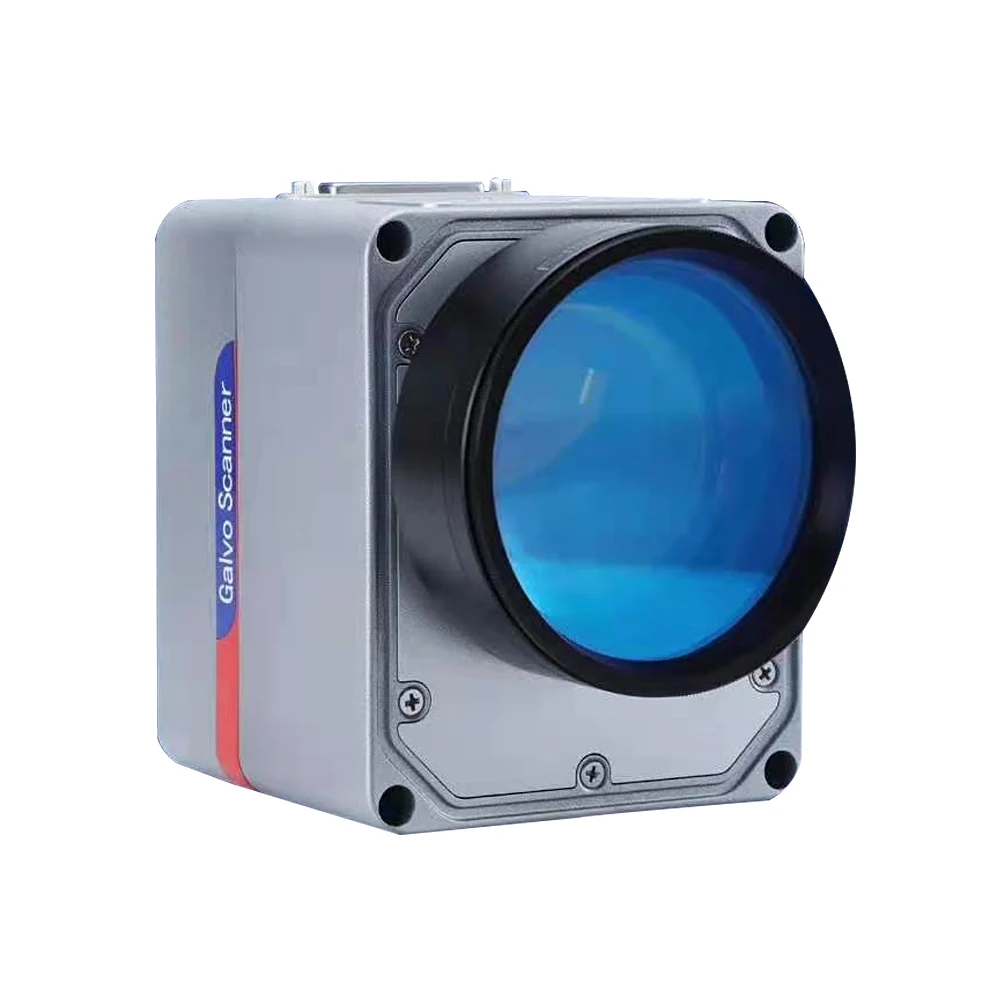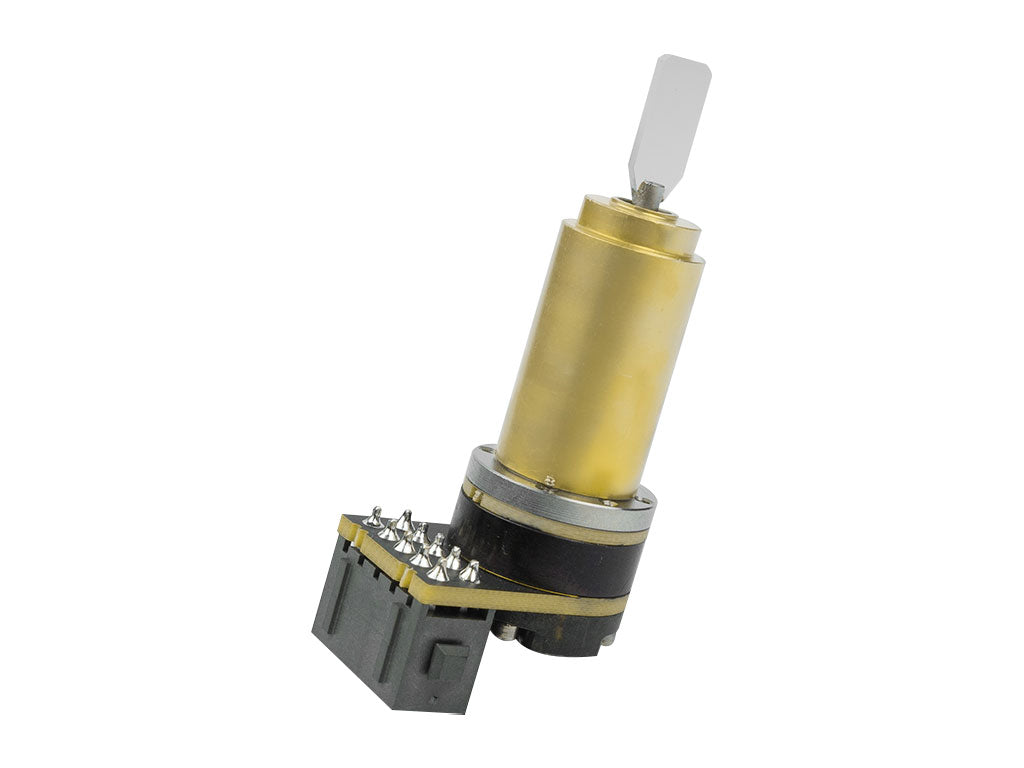Checking Out the Advanced Functions of Modern Galvanometer Scanners in Research
Just How a Galvanometer Scanner Boosts Efficiency in Laser Scanning Technologies
The assimilation of galvanometer scanners in laser scanning innovations represents a critical advancement in precision engineering. By helping with exact and quick adjustments of laser beam of light direction, these devices considerably boost functional effectiveness across numerous applications, from clinical imaging to industrial engraving. The underlying electromagnetic systems, coupled with advanced comments systems, make sure real-time control and improved precision. Nevertheless, as markets increasingly demand greater performance criteria, the inquiry arises: what future innovations might better elevate the capacities of galvanometer scanners in this advancing landscape?
Comprehending Galvanometer Scanners
A galvanometer scanner is a sophisticated device that leverages electromagnetic concepts to achieve precise angular motion of mirrors or various other reflective surfaces. These scanners operate with the communication of an electrical existing and an electromagnetic field, allowing quick and precise positioning. This technology is important in applications needing high-speed scanning, such as laser inscription, optical communication, and medical imaging.

Galvanometer scanners are typically characterized by their quick reaction times and high angular resolution, making them ideal for applications that demand fast movements and accurate positioning. Their integrity and efficiency make them an important part in modern laser scanning modern technologies, contributing significantly to developments in various areas, including production, medical care, and telecoms.
System of Laser Beam Control

The control system depends on closed-loop responses systems that constantly keep track of the beam of light's setting. The signals from optical sensing units supply real-time data to the control system, permitting fast modifications to maintain precision. This is critical in applications where even small discrepancies can endanger the top quality of the check or engraving.
Furthermore, the galvanometer's reaction time is extremely important; high-speed motors enable swift movements, guaranteeing that the laser beam can rapidly map complicated patterns or perform elaborate operations. The integration of electronic signal processing even more enhances the responsiveness and precision of the galvanometer scanner. Overall, the mechanism of laser beam control through galvanometer scanners exemplifies the blend of innovative engineering and technology, yielding high-performance results in laser scanning applications.
Benefits of Boosted Accuracy
Enhanced accuracy in laser scanning innovations uses substantial advantages throughout different applications, from commercial production to medical treatments. The integration of galvanometer scanners permits extremely exact beam of light positioning, which is crucial for jobs needing meticulous information. This enhanced accuracy ensures that the laser can target details areas with marginal inconsistency, causing exceptional top quality outcomes.
In commercial contexts, exact laser scanning leads to enhanced item uniformity and minimized material waste. Parts made with high precision are less most likely to call for rework, thereby enhancing performance and decreasing functional prices. In clinical applications, the precision of laser procedures can significantly impact individual end results. For example, in laser surgical procedure, precise targeting reduces damage to surrounding cells, leading to quicker healing times and fewer difficulties.
In addition, enhanced precision facilitates advanced applications such as 3D imaging and microfabrication, where also minute inaccuracies can result in significant mistakes. By offering reliable and repeatable laser positioning, galvanometer scanners add to the overall effectiveness and effectiveness of laser systems. In recap, the like it advantages of boosted accuracy not only improve operational performance yet also elevate the requirements of high quality and security in different fields.
Applications in Various Industries
The versatility of galvanometer scanners in laser scanning technologies expands throughout numerous markets, each benefiting from the precision they offer. In the clinical field, these scanners are pivotal in applications such as laser surgical procedure and imaging, permitting for very exact targeting of tissues while reducing damages to bordering locations - galvanometer scanner. Their fast response and great resolution are crucial in producing high-quality outcomes
In the manufacturing my link field, galvanometer scanners boost procedures like laser engraving and cutting. Their capacity to quickly guide laser beam of lights onto surface areas enables reliable assembly line, boosting rate and accuracy in producing intricate layouts or parts.
The automobile sector also maximizes galvanometer innovation for quality assurance and examinations (galvanometer scanner). By employing high-speed scanning, suppliers can find problems in products or assemblies, ensuring that products fulfill stringent standards
Moreover, in the enjoyment field, galvanometer scanners are employed in laser light shows and display screens, offering dynamic visual experiences with exact control over laser motions.
Future Fads in Laser Scanning
Arising technologies are positioned to change the landscape of laser scanning, with galvanometer scanners at the forefront of this change. As markets increasingly require accuracy and efficiency, the evolution of galvanometer innovation will certainly drive substantial advancements in laser scanning applications.
Future trends indicate a growing combination of expert system and equipment understanding algorithms, which will improve information refining capacities and automate decision-making in real-time. This harmony will enable more sophisticated analysis of checked information, resulting in enhanced accuracy in applications such as 3D modeling and autonomous navigating.
In addition, the miniaturization of parts and the growth of innovative products will add to lighter, extra portable laser scanning systems. This transportability will certainly increase the reach of laser scanning modern technologies into formerly hard to reach atmospheres, such as remote terrain and intricate architectural spaces.
The increase of enhanced reality (AR) and digital fact (VIRTUAL look at more info REALITY) applications will certainly likewise shape the future of laser scanning. By combining galvanometer scanners with AR and VR, individuals will gain from immersive experiences that boost visualization and job planning.
Final Thought
Finally, galvanometer scanners play a pivotal duty in optimizing laser scanning innovations through their precise control of light beam direction and quick angular changes. The combination of sophisticated feedback systems and optical sensing units considerably enhances functional speed and precision, leading to improved end results in applications such as laser engraving and clinical imaging. As markets progressively embrace these technologies, the continuous advancements in galvanometer scanner styles are expected to more raise efficiency standards and broaden application possibilities.
The assimilation of galvanometer scanners in laser scanning technologies stands for a crucial advancement in accuracy design. In general, the device of laser light beam control via galvanometer scanners exemplifies the combination of innovative engineering and innovation, yielding high-performance results in laser scanning applications.
By giving repeatable and reputable laser positioning, galvanometer scanners contribute to the general performance and performance of laser systems.The flexibility of galvanometer scanners in laser scanning technologies prolongs throughout numerous industries, each benefiting from the accuracy they offer.In final thought, galvanometer scanners play a crucial function in optimizing laser scanning innovations via their precise control of beam instructions and fast angular changes.